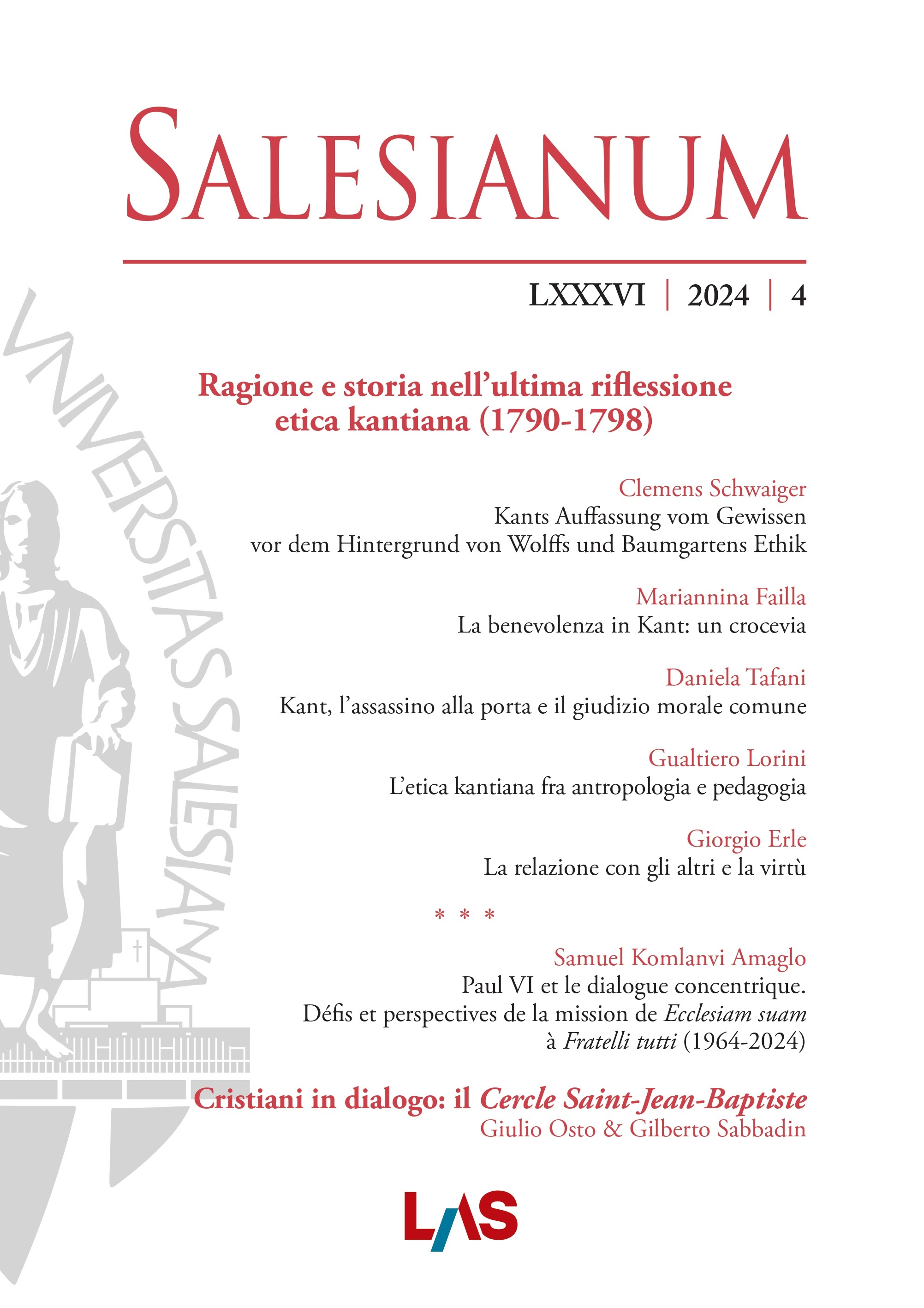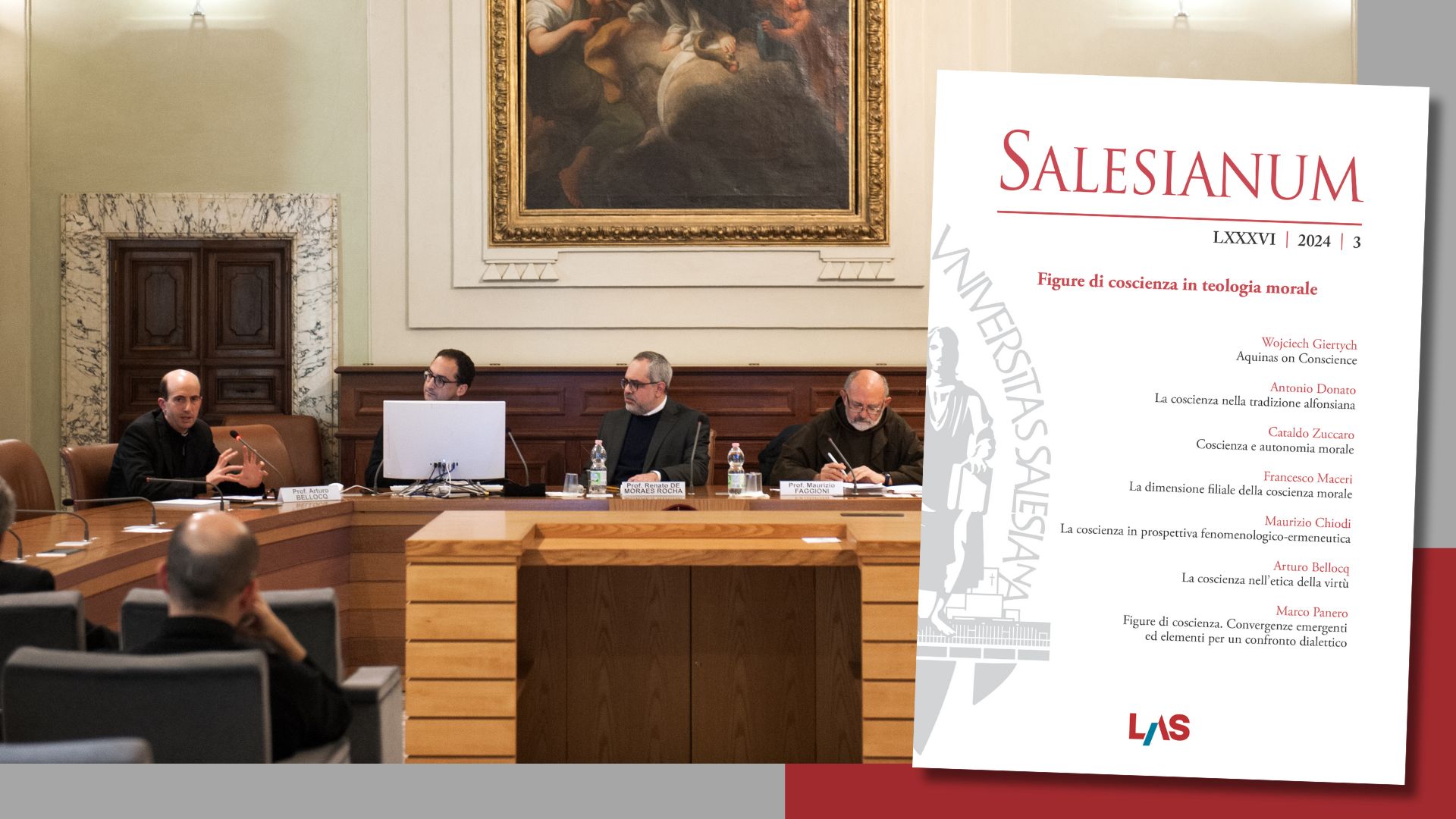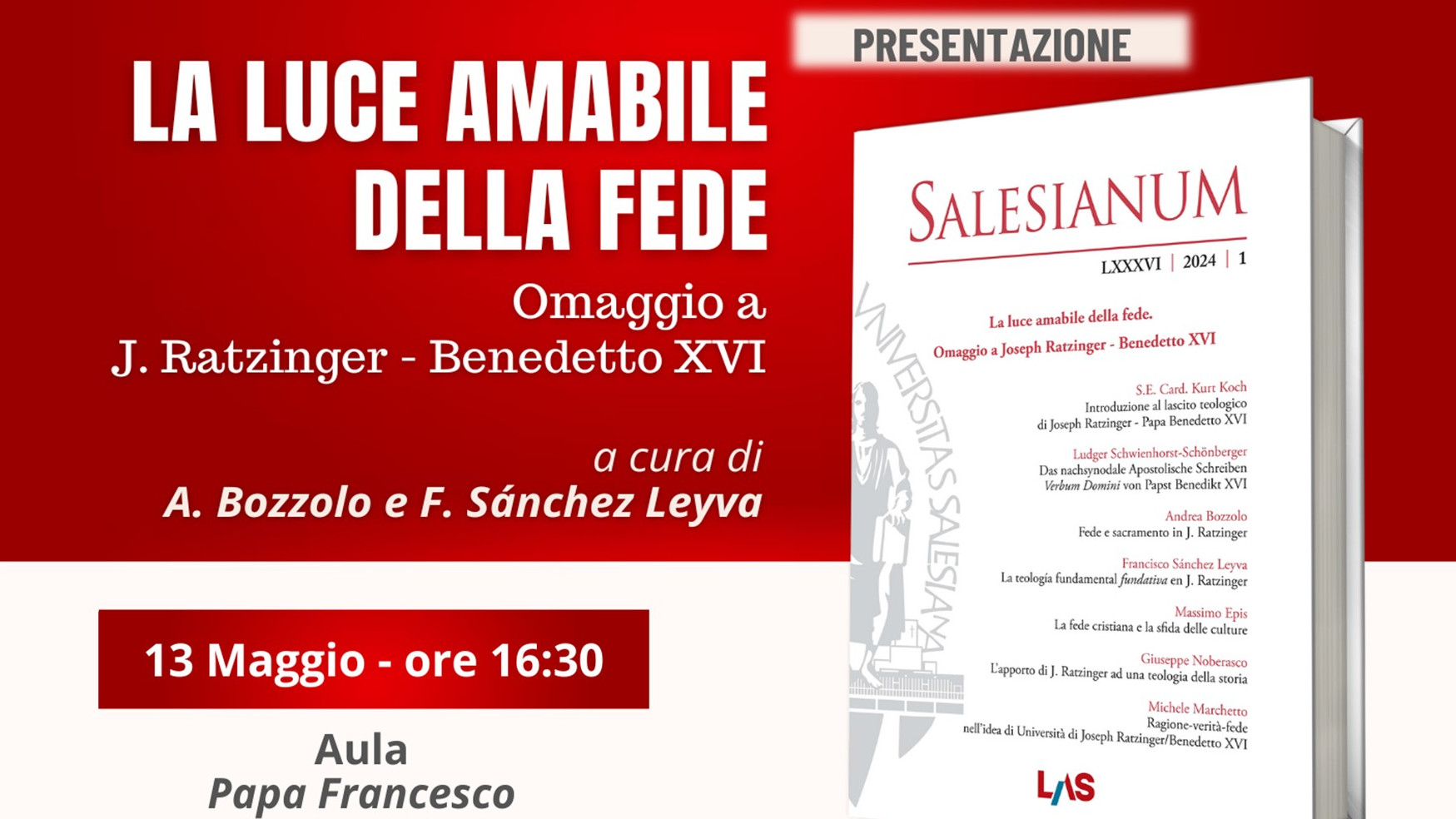Il Pantheon come Olimpo
Salesianum vol. 84 (2022) n. 2, 293-309
Sezione: Studia
Sommario
Il tempio rotondo costruito da Agrippa in Campo Marzio a Roma è stato interpretato in vari modi: come olimpo degli dèi nell’antichità, come olimpo dei martiri nel medioevo, come olimpo degli artisti nel rinascimento e come olimpo dei re d’Italia nel risorgimento. Secondo Coarelli era un tempio rettangolare dedicato a Marte, secondo La Rocca era già rotondo e preparato per la divinizzazione del nuovo fondatore di Roma, l’imperatore Augusto. Papa Bonifacio IV ottenne il Pantheon dall’imperatore bizantino Foca e lo trasformò in chiesa, dedicata alla Vergine Maria e a tutti i martiri cristiani, funzione che conserva ancora oggi. Raffaello Sanzio ottenne di essere sepolto nel Pantheon e sul suo esempio vari altri artisti, esempio poi imitato in altri paesi europei: un edificio dedicato ai grandi artisti e alle personalità particolarmente benemerite. Alla fine del XIX secolo si progettò di trasformare il Pantheon in olimpo dei re d’Italia: vi furono sepolti i primi due, Vittorio Emanuele II e Umberto I, ma non i loro successori, Vittorio Emanuele III e Umberto II, a causa dell’opposizione repubblicana.
Parole chiave
Pantheon | Storia romana
Abstract
The circular temple built by Agrippa in Campo Marzio in Rome has been interpreted in various ways: as Olympus of the gods in antiquity, as Olympus of martyrs in the Middle Ages, as Olympus of artists in the Renaissance and as Olympus of the kings of Italy in the Risorgimento. According to Coarelli it was a rectangular temple dedicated to Mars, according to La Rocca it was already circular and prepared for the deification of the new founder of Rome, the emperor Augustus. Pope Boniface IV obtained the Pantheon from the Byzantine emperor Phocas and transformed it into a church, dedicated to the Virgin Mary and all the Christian martyrs, a function that it still preserves today. Raffaello Sanzio obtained authorization to be buried in the Pantheon and on his example various other artists, an example later imitated in other European countries: a building dedicated to great artists and particularly meritorious personalities. At the end of the nineteenth century it was planned to transform the Pantheon into the Olympus of the kings of Italy: the first two were buried there, Vittorio Emanuele II and Umberto I, but not their successors, Vittorio Emanuele III and Umberto II, due to republican opposition.
Keywords
Pantheon | Roman history


